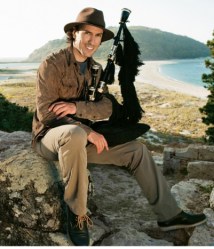
That’s not a crystal athame. THAT’s a crystal athame.((Pop culture reference: Crocodile Dundee.))
A year ago I posted about three athames that I own. One of them has a crystal in its hilt.
Well.
About 4,000 years ago in what is now southwestern Spain, some group of people built an elaborate megalithic structure.
At least 25 individuals were interred within the structure , along with “an extraordinary set of sumptuous grave goods…the most notable of which is an unspecified number of shrouds or clothes made of tens of thousands of perforated beads and decorated with amber beads”. Additionally however, a large number of crystal arrowheads were found together, which be suggestive of a ritual offering at an altar. . . . In the second chamber archaeologists found the body of a young male aged between 17 and 25 lying in the foetal position along with a large set of grave goods. These included an undecorated elephant tusk laid above the young man’s head, a set of 23 flint blades, and numerous ivory objects. Additionally, red pigment made from cinnabar had been sprayed over the body and the objects surrounding it. The “remarkable crystal dagger blade”, however, was not found with these grave goods, but instead in the upper level of this chamber.
A sign of high status? A magical weapon? All of the above? There is a longer archaeological paper accessible here.
Found in The Daily Grail, in the sidebar.




